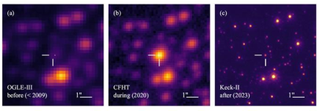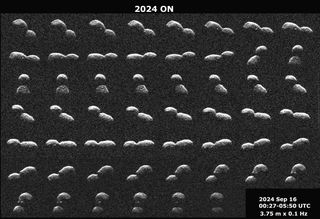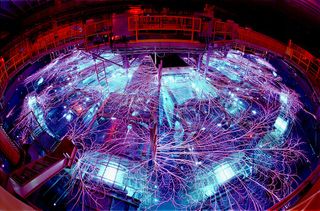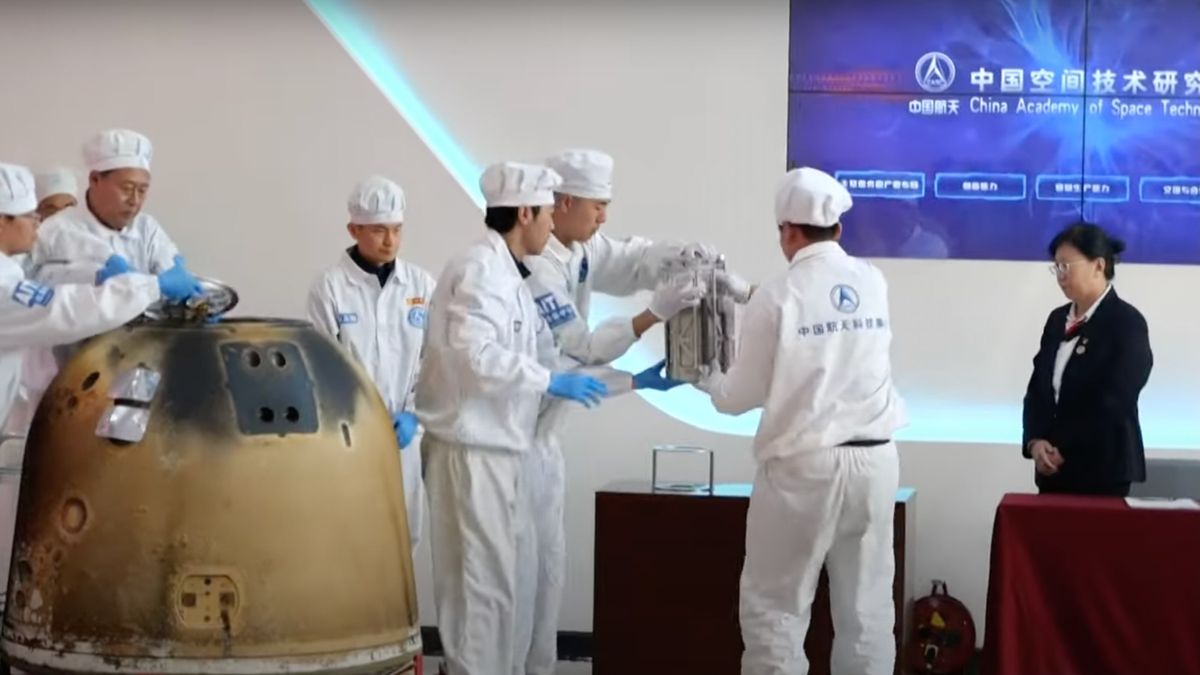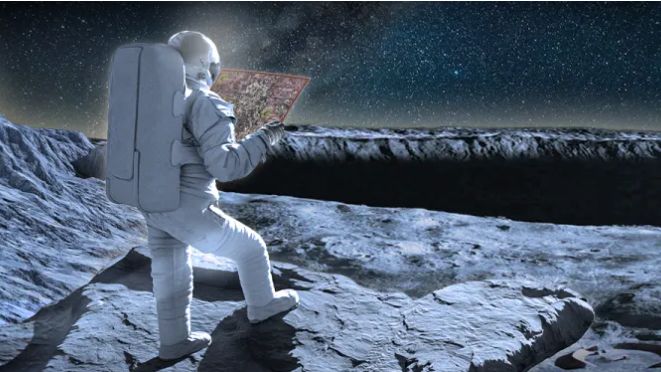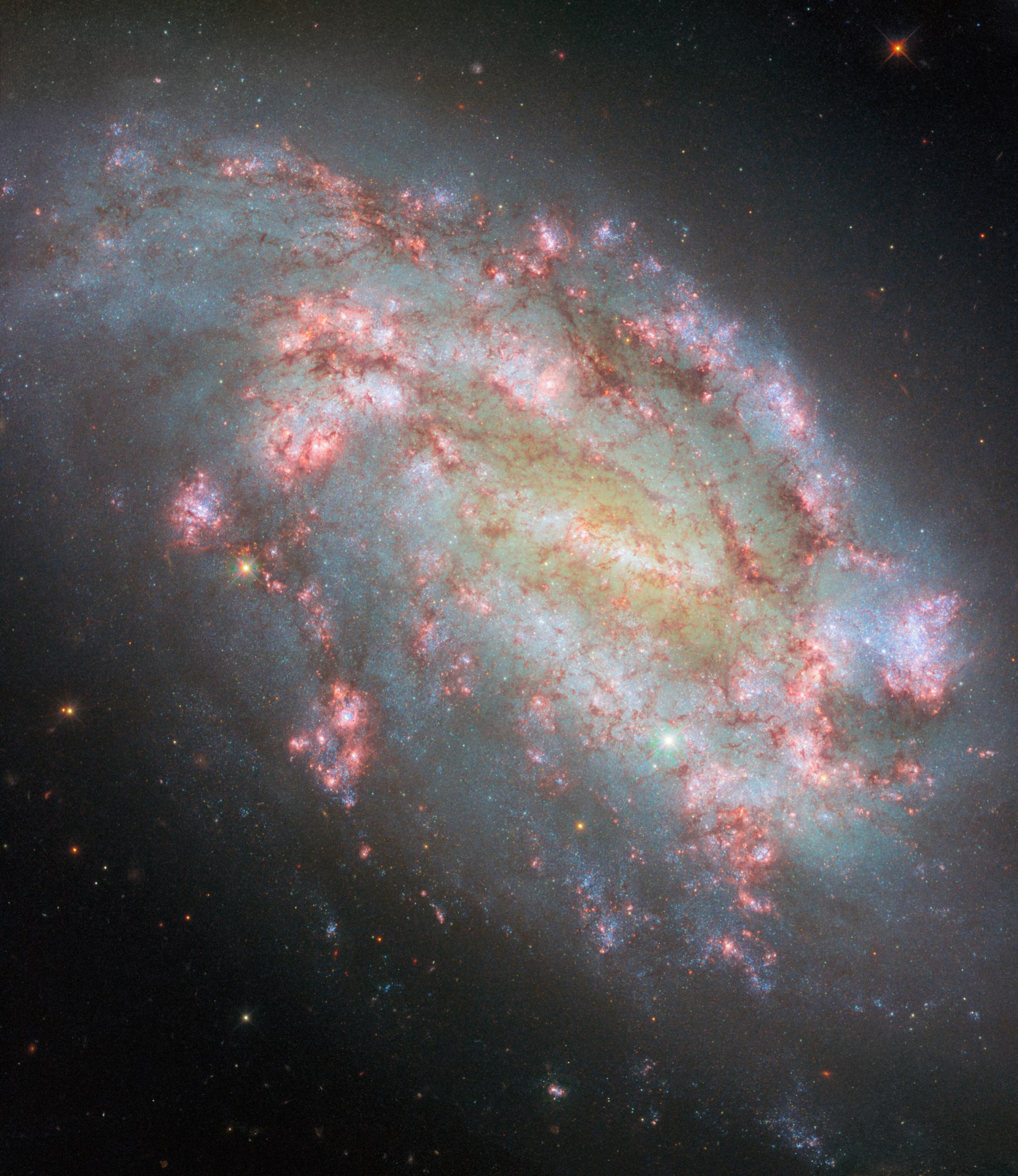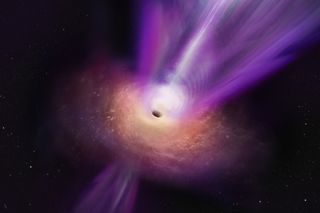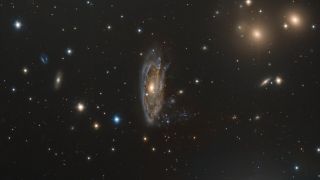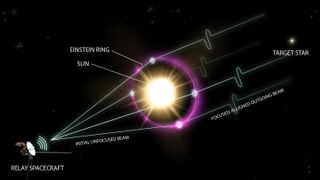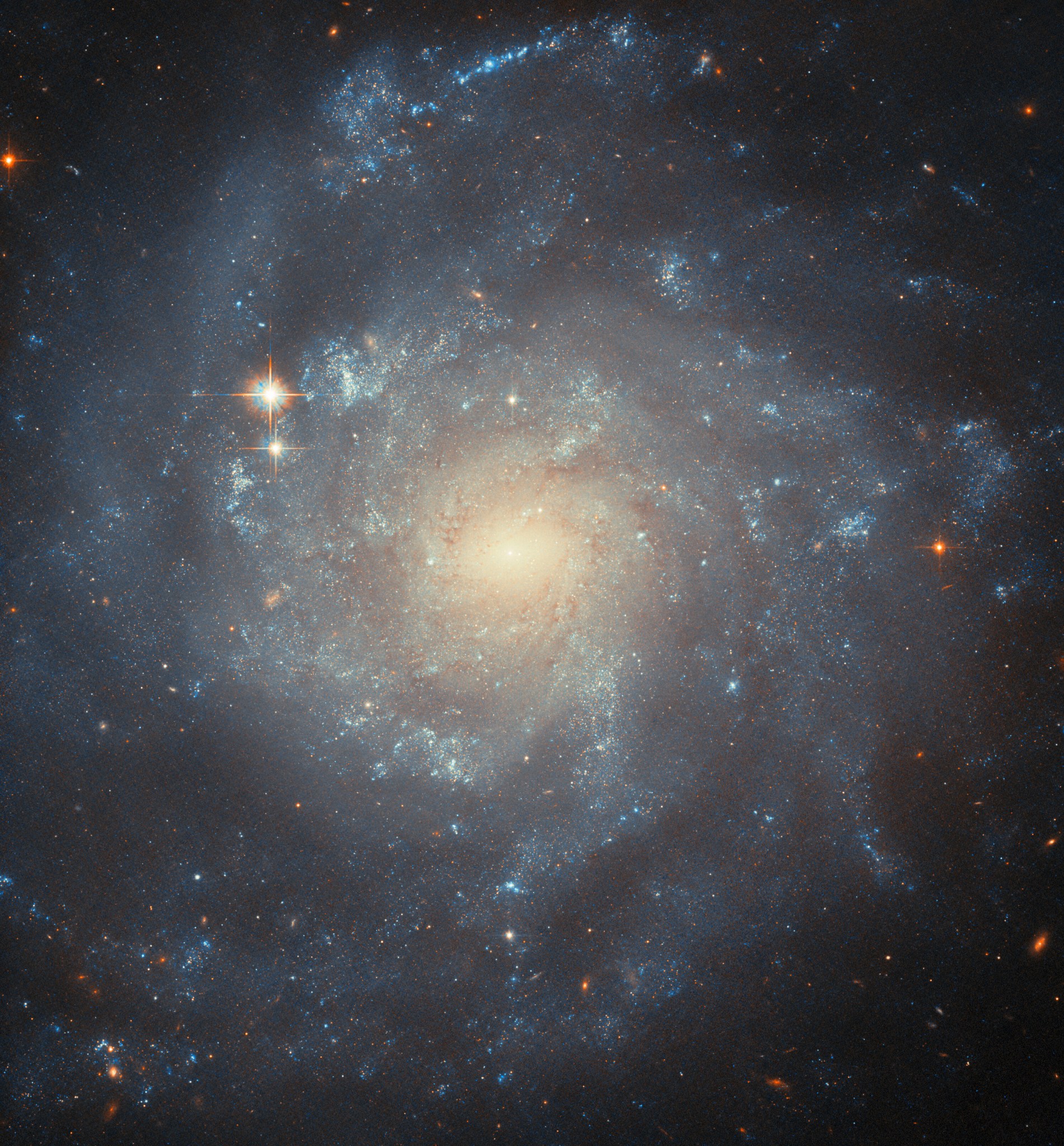A planetary system anchored by a dead white dwarf star, located around 4,000 light-years away, has offered astronomers a possible glimpse into what our sun and Earth could look like in around 8 billion years. However, this would only be Earth’s future if our planet manages to survive the sun’s eventual transformation into a swollen red giant. This transformation is expected to happen around 5 billion to 6 billion years from now, when the sun finally exhausts its fuel supply needed for nuclear fusion. That red giant phase will see…
Read MoreTag: The Universe
Radar images capture snowman-shaped object tumbling past Earth
The universe appears to have sent us an early Christmas present: the large asteroid that tumbled safely past Earth last week was, in fact, two asteroids melded into one object that resembles a snowman. The asteroid, named 2024 ON, zipped past Earth on Sept. 17 at 19,842 mph (31,933 kph), which is roughly 26 times the speed of sound. The space rock is huge — 1150 feet (350 meters) long, about the size of a skyscraper — but it safely floated past Earth at a distance of 620,000 miles (1…
Read MoreX-rays from a nuclear explosion could redirect an asteroid
When asteroids hurtle towards Earth in Hollywood films, astronauts often deploy nuclear warheads against them in order to save humanity. Now, scientists have found this strategy could actually help deflect an incoming cosmic impact — not by blowing an asteroid up with a nuke, but by exploding one more than a mile above its surface to shower it with X-ray radiation. As the catastrophic end of the Age of Dinosaurs about 66 million years ago reveals, cosmic impacts can have disastrous effects for life on Earth. “Asteroids aren’t just history…
Read MoreWhat the 1st analysis of China’s Chang’e 6 lunar far side samples revealed
We finally have a glimpse of the first-ever samples collected from the far side of the moon. The first paper on the samples collected from China’s Chang’e 6 lunar probe reveals that the specimens differ in some ways from those collected from the moon’s near side. Thus, they could provide fresh insights and lead to new theories about the moon and its evolution. China launched its complex, 53-day-long Chang’e 6 lunar far side sample return mission in early May. A lander scooped and drilled for samples inside an area known…
Read MoreNASA invites public to design Artemis moon mission navigation tech
NASA is seeking the public’s help for innovative solutions to help Artemis astronauts navigate in and around the lunar south pole. The Artemis program aims to land humans on the moon for the first time since the Apollo missions managed to achieve the feat over 50 years ago. Astronauts will land near the lunar south pole, where permanently shadowed regions may contain areas of water ice that could be accessed to support future missions to Mars. The Lunar Navigation Challenge, which officially opened on Sept. 4, seeks ideas for a…
Read MoreHubble Lights the Way with New Multiwavelength Galaxy View
Hubble Space Telescope Home Hubble Lights the Way with New… Hubble Space Telescope Hubble Home Overview About Hubble The History of Hubble Hubble Timeline Why Have a Telescope in Space? Hubble by the Numbers At the Museum FAQs Impact & Benefits Hubble’s Impact & Benefits Science Impacts Cultural Impact Technology Benefits Impact on Human Spaceflight Astro Community Impacts Science Hubble Science Science Themes Science Highlights Science Behind Discoveries Hubble’s Partners in Science Universe Uncovered Explore the Night Sky Observatory Hubble Observatory Hubble Design Mission Operations Missions to Hubble Hubble vs…
Read MoreA ‘primordial’ black hole may zoom through our solar system every decade
If microscopic black holes born a fraction of a second after the Big Bang exist, as some researchers suspect, then at least one may fly through the solar system per decade, generating tiny gravitational distortions that scientists can detect, a new study finds. These findings suggest that if astronomers can discover and confirm the existence of such gravitational disruptions, they may be able to solve the mystery behind the nature of dark matter, the unseen material that many researchers suspect makes up about five-sixths of all matter in the cosmos.…
Read MoreGas and stars ‘stolen’ from galaxy in striking European Southern Observatory photo and video
A galaxy is robbed of its gas and stars in a new image from the European Southern Observatory (ESO). The spiral galaxy, called NGC 3312, lies within a large cluster known as Hydra I. Located over 160 million light-years from Earth, this cluster contains hundreds of galaxies, the largest of which is NGC 3312. Using the ESO’s VLT Survey Telescope (VST) at the Paranal Observatory in the Atacama Desert of northern Chile, astronomers captured an up-close view of the spiral galaxy, which appears to be “spilling its contents into the…
Read MoreCould we turn the sun into a gigantic telescope?
We have some incredibly powerful telescopes that have given us spectacular views of the cosmos and allowed us to look back to the early days of the universe. These observatories, such as the James Webb Space Telescope (JWST), are amazing feats of engineering that have required billions of dollars and decades of work. But what if we could access an even better telescope that already exists? This wouldn’t be a typical telescope. It wouldn’t even come with a lens. But it would be by far the most powerful telescope we’d…
Read MoreHubble Examines a Spiral Star Factory
Hubble Space Telescope Home Hubble Examines a Spiral Star… Missions Hubble Home Overview About Hubble The History of Hubble Hubble Timeline Why Have a Telescope in Space? Hubble by the Numbers At the Museum FAQs Impact & Benefits Hubble’s Impact & Benefits Science Impacts Cultural Impact Technology Benefits Impact on Human Spaceflight Astro Community Impacts Science Hubble Science Science Themes Science Highlights Science Behind Discoveries Hubble’s Partners in Science Universe Uncovered Explore the Night Sky Observatory Hubble Observatory Hubble Design Mission Operations Missions to Hubble Hubble vs Webb Team Hubble…
Read More